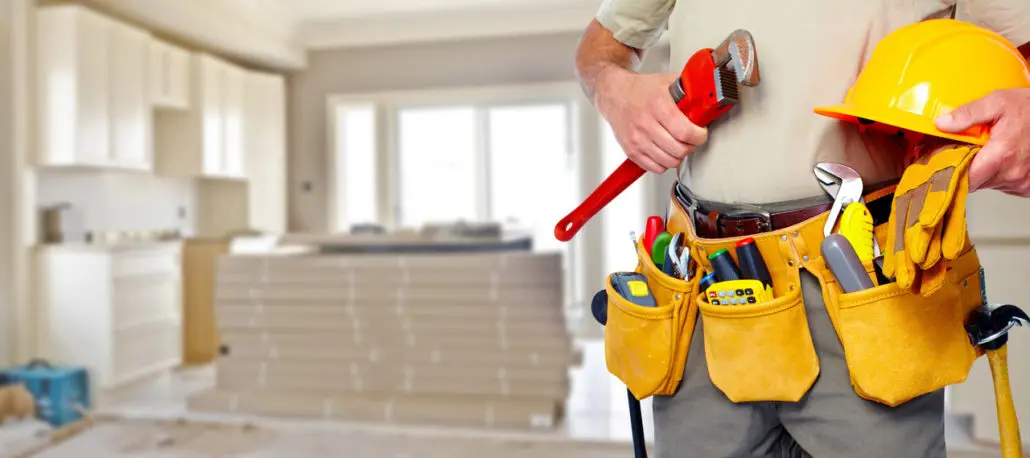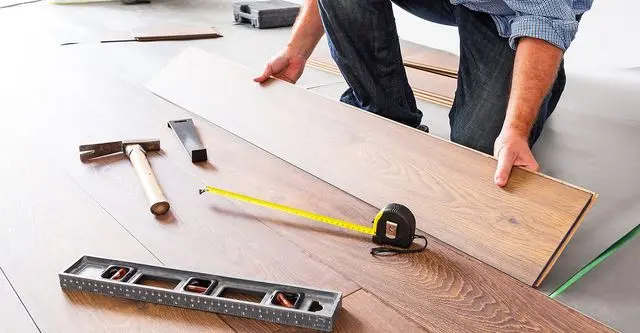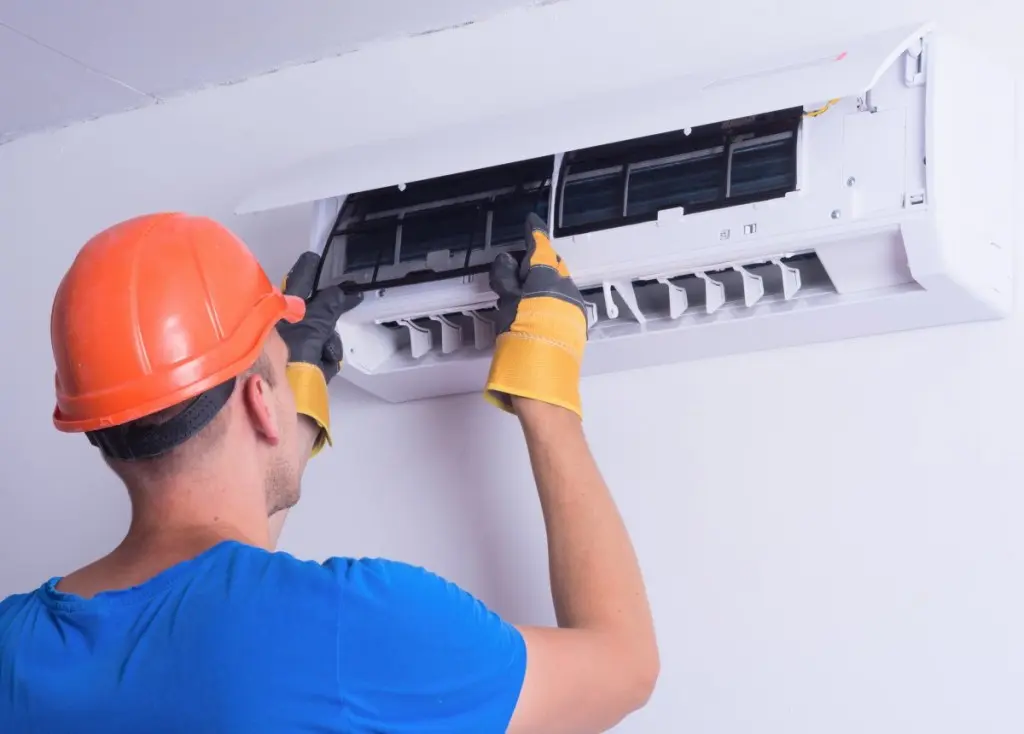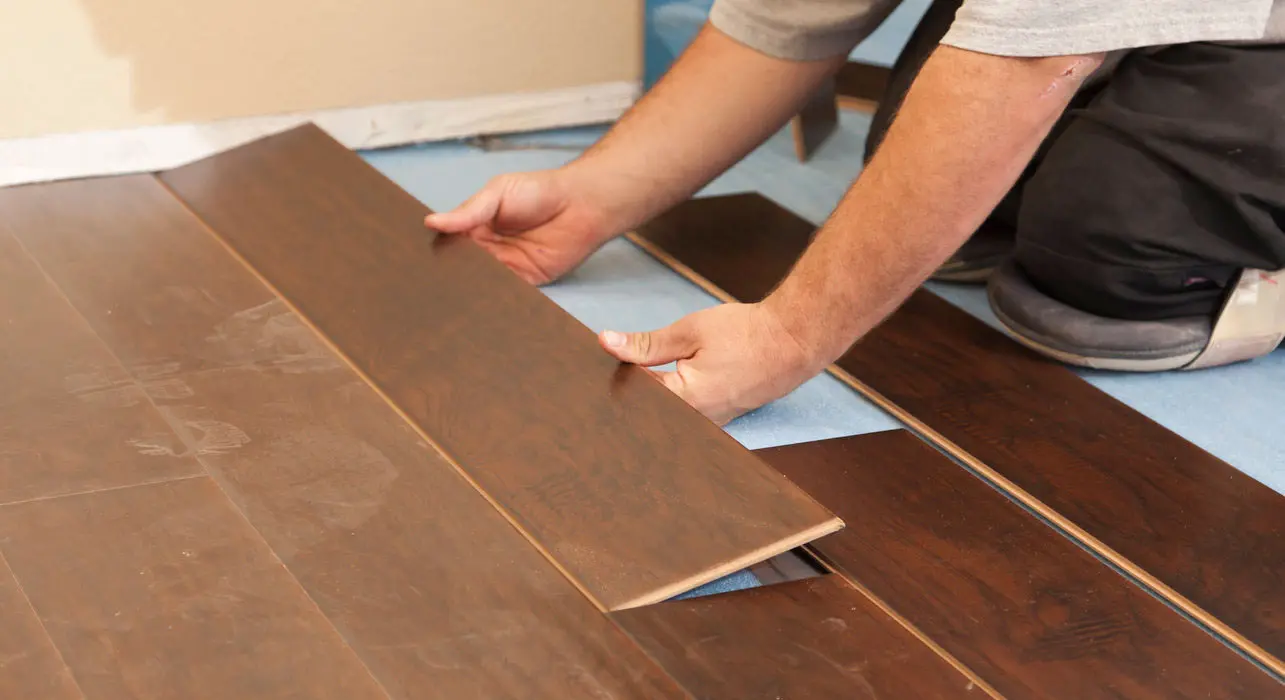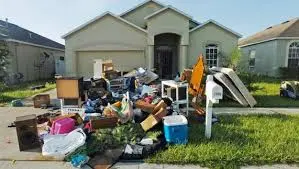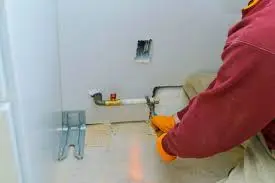
Understanding Gas Line Installation
Gas line installation involves connecting your property to the natural gas supply. This process includes several key steps:
- Planning and Permits: Before any installation can begin, a detailed plan must be developed. This plan will outline the path of the gas line, the materials needed, and any potential obstacles. Additionally, you will need to obtain the necessary permits from your local building authority. These permits ensure that the installation meets all local codes and regulations.
- Choosing the Right Materials: Gas lines can be made from various materials, including steel, copper, and flexible polyethylene. The choice of material depends on factors such as the location of the line (indoor vs. outdoor), the type of gas being used, and local building codes. Each material has its advantages and disadvantages in terms of durability, flexibility, and cost.
- Excavation and Trenching: For outdoor gas lines, the installation process typically involves digging a trench to lay the pipes. The depth and width of the trench must comply with local regulations to ensure safety and stability. Indoor installations may require cutting into walls or floors to run the lines.
- Laying the Gas Line: Once the trench is prepared, the gas line can be laid. This step involves placing the pipes in the trench or designated area, ensuring they are properly aligned and connected. It’s important to use appropriate fittings and connectors to prevent leaks.
- Pressure Testing: Before the gas line can be used, it must be pressure tested to ensure there are no leaks. This involves sealing the line and pressurizing it with air or an inert gas, then checking for drops in pressure that indicate leaks. This step is crucial for ensuring the safety of the installation.
- Connecting to Appliances: After the gas line has passed the pressure test, it can be connected to your appliances, such as furnaces, water heaters, stoves, and dryers. Each connection must be carefully sealed and tested for leaks.
- Final Inspection: A final inspection by a qualified professional or local authority is required to ensure the installation meets all safety standards and regulations. This inspection is a critical step in the process, as it verifies the integrity and safety of the gas line.
Safety Considerations
Gas line installation is a complex and potentially hazardous task. Here are some important safety considerations:
- Hire a Professional: Due to the risks involved, gas line installation should always be performed by a licensed professional. Attempting a DIY installation can lead to serious safety hazards, including gas leaks and explosions.
- Follow Local Codes and Regulations: Adhering to local building codes and regulations is essential for ensuring a safe and compliant installation.
- Use Quality Materials: Using high-quality materials and fittings can prevent leaks and ensure the longevity of the gas line.
- Regular Maintenance: Once the gas line is installed, regular maintenance and inspections are necessary to detect and repair any potential issues.
Cost of Gas Line Installation
The cost of gas line installation can vary widely based on several factors:
- Length of the Line: Longer gas lines require more materials and labor, increasing the overall cost.
- Material Choice: Different materials have different costs. For example, flexible polyethylene is typically less expensive than steel or copper.
- Labor Costs: Labor costs can vary depending on the complexity of the installation and local labor rates.
- Permit Fees: Obtaining the necessary permits can add to the overall cost of the installation.
On average, homeowners can expect to pay between $500 and $2,000 for gas line installation. However, complex installations can cost significantly more.
Conclusion
Gas line installation is an essential task for any property that relies on natural gas. Understanding the process, safety considerations, and potential costs can help you make informed decisions and ensure a safe, reliable installation. Always hire a licensed professional to perform the installation and follow all local codes and regulations. Regular maintenance and inspections will keep your gas line in good working order for years to come.

